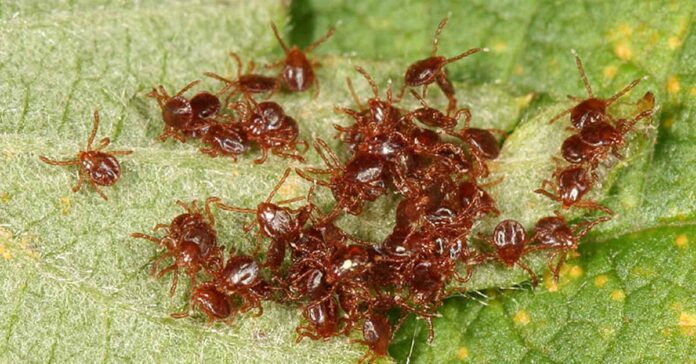Southern Tick-Associated Rash Illness (STARI) is a tick-borne illness similar to Lyme disease. It is associated with the bite of the Lone Star tick (Amblyomma americanum), which is common in the southeastern and south-central United States.
Symptoms
STARI symptoms can resemble those of Lyme disease, but it is generally considered less severe:
- Rash:
- The most distinctive symptom is a red, expanding “bull’s-eye” rash at the site of the tick bite, called erythema migrans.
- The rash usually appears within 7 days of the tick bite and can expand up to 3 inches or more in diameter.
- Flu-like Symptoms:
- Fatigue
- Headache
- Fever
- Muscle and joint pains
Causes
STARI is caused by the bite of the Lone Star tick, although the exact infectious agent has not been definitively identified. Borrelia lonestari was once thought to be the cause, but evidence is inconclusive. The tick is the primary vector, and the illness occurs following a bite from an infected tick.
Treatment
The treatment for STARI typically involves antibiotics, similar to those used for Lyme disease:
- Antibiotic Therapy:
- Doxycycline is the most commonly prescribed antibiotic.
- Treatment duration usually lasts for 10 to 21 days, depending on the severity of symptoms and the response to the medication.
- Symptomatic Relief:
- Over-the-counter pain relievers like acetaminophen or ibuprofen for muscle and joint pain.
- Rest and hydration to help alleviate flu-like symptoms.
Prevention
Preventing STARI involves strategies to avoid tick bites:
- Personal Protection:
- Wear long sleeves and pants when in tick-infested areas.
- Use insect repellents containing DEET, picaridin, or permethrin on clothing and exposed skin.
- Tuck pants into socks and shirts into pants to minimize exposed skin.
- Environmental Management:
- Avoid walking through tall grasses and shrubs where ticks are commonly found.
- Stay on cleared trails when hiking.
- Keep lawns and gardens well-maintained to reduce tick habitat around homes.
- Tick Checks:
- Perform regular tick checks after spending time outdoors, paying close attention to hidden areas such as the scalp, armpits, and groin.
- Promptly and carefully remove any ticks found attached to the skin using fine-tipped tweezers.
- Pet Protection:
- Use veterinarian-recommended tick prevention products on pets to reduce the likelihood of bringing ticks into the home.
By understanding the symptoms, causes, treatment options, and preventive measures, individuals can better manage and reduce the risks associated with Southern Tick-Associated Rash Illness (STARI).

































